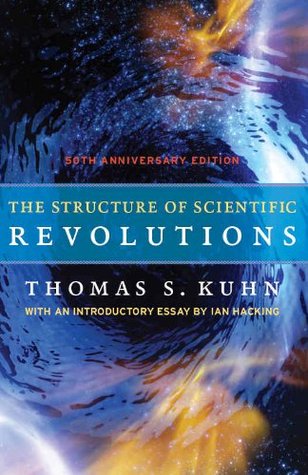More on this book
Community
Kindle Notes & Highlights
Normal science does not aim at novelties of fact or theory and, when successful, finds none.
radical new theories have again and again been invented by scientists.
That distinction between discovery and invention or between fact and theory will, however, immediately prove to be exceedingly artificial.
After the discovery had been assimilated, scientists were able to account for a wider range of natural phenomena or to account with greater precision for some of those previously known. But that gain was achieved only by discarding some previously standard beliefs or procedures and, simultaneously, by replacing those components of the previous paradigm with others.
discovery and invention, are not categorically and permanently distinct, we can anticipate overlap between this section and the last.
The impossible suggestion that Priestley first discovered oxygen and Lavoisier then invented it has its attractions.
noting first what scientists never do when confronted by even severe and prolonged anomalies. Though they may begin to lose faith and then to consider alternatives, they do not renounce the paradigm that has led them into crisis.
once it has achieved the status of paradigm, a scientific theory is declared invalid only if an alternate candidate is available to take its place.


